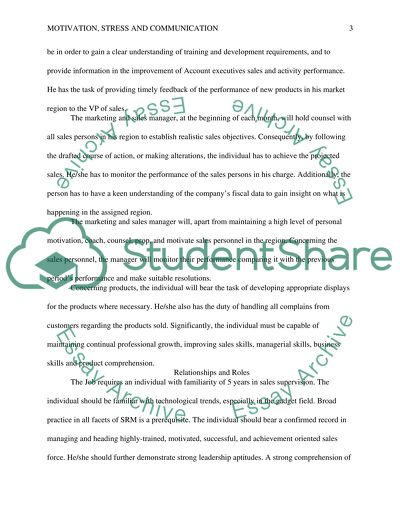Cite this document
(Motivation, Stress, and Communication - Job Overview of Sales Manager Assignment, n.d.)
Motivation, Stress, and Communication - Job Overview of Sales Manager Assignment. Retrieved from https://studentshare.org/human-resources/1441618-motivation-stress-and-communication
Motivation, Stress, and Communication - Job Overview of Sales Manager Assignment. Retrieved from https://studentshare.org/human-resources/1441618-motivation-stress-and-communication
(Motivation, Stress, and Communication - Job Overview of Sales Manager Assignment)
Motivation, Stress, and Communication - Job Overview of Sales Manager Assignment. https://studentshare.org/human-resources/1441618-motivation-stress-and-communication.
Motivation, Stress, and Communication - Job Overview of Sales Manager Assignment. https://studentshare.org/human-resources/1441618-motivation-stress-and-communication.
“Motivation, Stress, and Communication - Job Overview of Sales Manager Assignment”, n.d. https://studentshare.org/human-resources/1441618-motivation-stress-and-communication.


